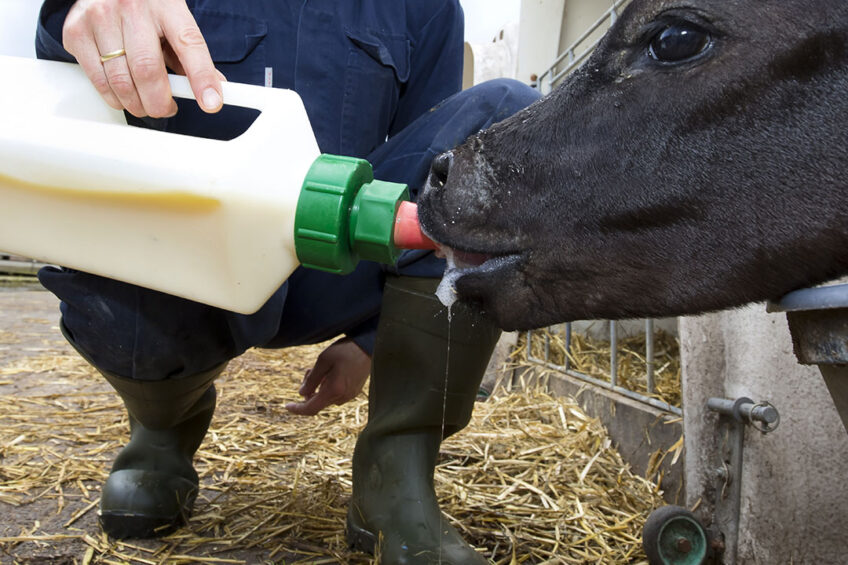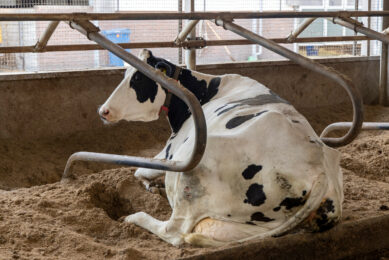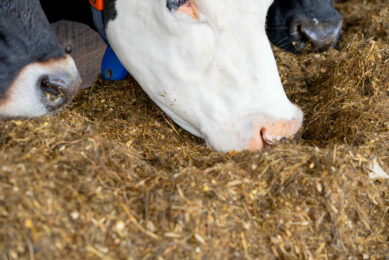The surplus calf puzzle

As the global dairy industry strives to identify sustainable solutions for the issue of surplus calves, different standpoints need to be addressed.
What to do with surplus calves has always been a problem in dairying and seems to be a puzzle to be solved by the involvement of different stakeholders. In this report, different stakeholder concerns are discussed, based on recent studies, to propose possible sustainable routes for surplus calves.
The main standpoints to consider when trying to decide what the “right” thing to do is with these calves circle around the societal or personal moral values governing actions and outcomes, animal welfare and health concerns, and the economic sustainability of the farm. These concerns and suggested solutions are reviewed in recent studies published in the Journal of Dairy Science, Journal of Sustainable Organic Agric Systems, and Frontiers in Veterinary Science.
Age at slaughter
A recent survey shows that 3% of the public/consumers when asked about slaughter age think less that 1 month of age is appropriate, and 35% prefer 18 months or older. In the survey, calf age at slaughter was a dominant factor influencing the attitudes of the public.
In general, many male calves are killed soon after birth on the farm they were born on (the origin farm). However, if this is done by a veterinarian or other trained person, and humane methods are used and the welfare of the calf will not be compromised. But, if not, slaughter by ill-equipped or fatigued farm staff can have serious implications for calf welfare.
On ethical grounds, the ending of lives after a few days are serious concerns that are frequently debated in the media. In terms of economic sustainability, if a good price is not being offered for the calf, early euthanasia may be the only viable option. However, farmers do not like slaughtering calves, so finding a viable market for them is a better option.
Calf markets and value of calves
The best way to reduce negative outcomes from long-distance transportation to the auction markets is to eliminate the transportation of young calves by raising animals on the dairy farm of birth until slaughter, or until calves are old enough to cope with transportation. However, studies have shown that raising calves at the farm of birth, in the absence of a proper market, usually results in calves being housed individually and fed at low planes of nutrition, resulting in poor affective states and high rates of morbidity and mortality.
On the other hand, if beef products that use veal or calves from dairy-bred sources could be manufactured, this would add value to the surplus calves. This would likely improve their care to a higher standard and would also mean that fewer would be euthanised on origin farms.
Calf health and welfare
In their study, researchers from the University of Guelph, and the Ohio State University, observed that good neonatal calf care reduces the risk of disease and mortality. However, many dairy farms in Canada and the US do not provide sufficient colostrum or nutrition to surplus calves. They stated: “It is likely that the condition of calves on arrival is responsible for the high rates of early morbidity and mortality, however, death caused by emaciation and respiratory disease suggest that nutrition and housing strategies are inadequate.
Feed programmes must be designed to fit the nutritional needs of calves and delivered in a way that allows them to express natural behaviours.” They added that most farmers still practise feeding milk via an open bucket or trough instead of a nipple or bottle throughout surplus production systems in the US and Canada.
Better breeding
The first action that could be taken is to reduce the number of male calves born. This can be achieved using sexed semen. The use of sexed semen in a herd can mean that 90% of the calves born are female. However, the use of sexed semen will not entirely eliminate the problem of surplus calves, as other strategies are needed to reduce the number of unwanted females but would go a long way to reducing the number of unwanted males.
As suggested by the Federation of Veterinarians of Europe, the use of beef sires, such as Aberdeen Angus, in dairy herds would produce both male and female calves that have a higher value for the beef and veal markets. Beef-cross calves grow faster and produce a carcass that is more acceptable for the veal and beef market. The use of beef sires in the dairy herd may also increase the demand for and the value of calves from the dairy herd.
Consumer perception
Studies show that there is a greater call for good standards of animal welfare in veal and beef production by consumers. Educating consumers on animal welfare as applied to veal or dairy-beef production may result in greater respect for the system. On another note, most consumers are not aware that eating quality beef from dairy-beef calves is equal to that of pure-bred beef animals, although the visual aspects of the meat might differ.
Keeping calves with cows
It is now established that a generally negative attitude toward early cow-calf separation exists among the public when they are made aware of the practice. The minority practice of keeping calves with cows has high ethical and welfare value. Researchers suggest that full economic analyses are necessary to determine how this system can be adopted more widely.
Using clinical parameters to identify and manage high-risk calves
Researchers suggest that in addition to creating customised nutritional strategies for calves with low body weight to mitigate disease risk, strategies to manage high-risk calves identified at arrival could include the use of clinical indicators.
In their study, the physical indicators suggested include the presence of an abnormal faecal consistency, umbilical infection, dehydration, cough, and a sunken flank. “As these indicators are quick, simple, and have a reasonable repeatability following veterinary training, they could be used to create a selective therapy programme in which calves arriving with the presence of these health abnormalities would be classified as high-risk and treated accordingly,” they concluded.
Using blood parameters to identify and manage high-risk calves
Among other possibilities, an on-farm machine leukocyte differential cell counter, as shown in previous studies, was suggested in a recent study to predict disease, whereby calves with high levels of neutrophils or low levels of lymphocytes are at a greater risk of mortality. This on-farm machine could be used in combination to provide a rapid risk assessment to identify and treat high-risk calves.
Join 13,000+ subscribers
Subscribe to our newsletter to stay updated about all the need-to-know content in the dairy sector, two times a week.










